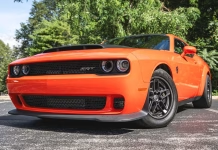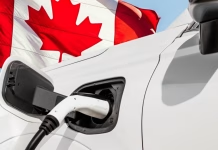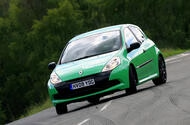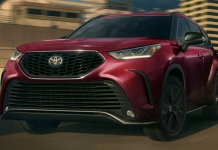How Much Will This Nearly Stock 2023 Dodge Challenger SRT Demon 170 Sell For?
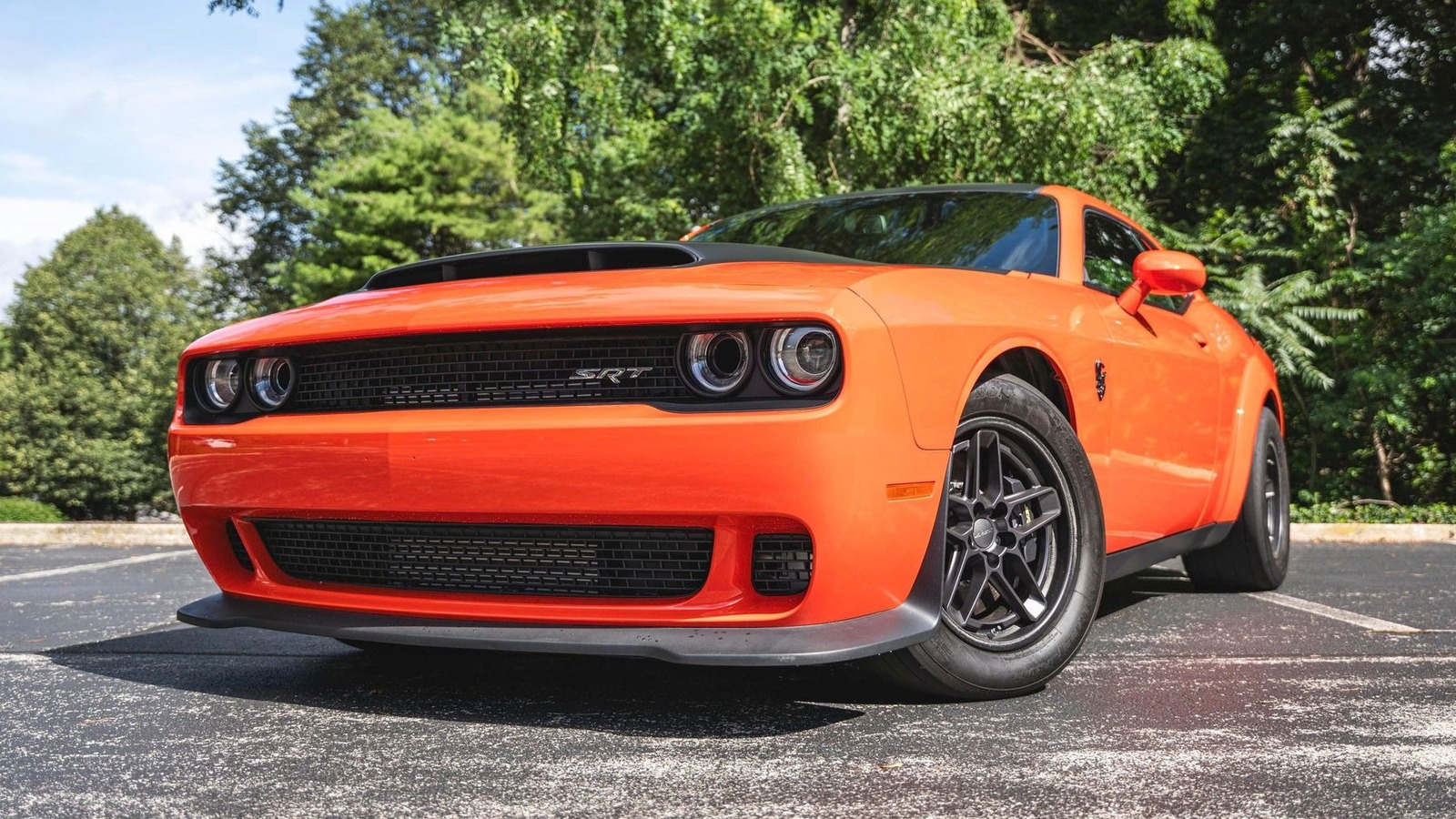
Cyber Attack Halts Land Rover Production as Hackers Disrupt UK Car Plants and Dealers
 No new Land Rover cars are able to be made or registered as manufacturer races to solve global system fault
No new Land Rover cars are able to be made or registered as manufacturer races to solve global system fault
Production issues at Jaguar Land Rover's Halewood plant, caused by a targeted cyber hack earlier this week, will last until at least Tuesday, it has been reported.
Workers have been told not to return to work until 9 September, the Liverpool Echo reports. Production at the site is understood to have been halted since 1 September.
It follows a cyber attack in which hackers claimed to have exploited a flaw in the British car maker’s IT system.
A notice sent to Halewood workers on 4 September stated: "Friday September 5 and Monday September 8: the leadership team has agreed that production associates will be stood down and will have hours banked in line with the corridor agreement.
"All colleagues are required to attend work as normal on Tuesday September 9 unless informed otherwise.”
Autocar understands the Solihull plant, where the Range Rover and Range Rover Sport are built, is also affected. JLR wouldn’t comment on the claims.
In an effort to combat the hack, JLR said it began “shutting down our systems” on Tuesday and is now in the process of rebuilding them. JLR was unable to confirm a timescale for the fix.
The issues are also affecting dealers, who are unable to order parts, can't code parts they do have to cars, and are unable – in some instances – to complete customer handovers.
In addition, they are having to manually register vehicles. This involves phoning the DVLA in each instance.
Autocar first reported the issues affecting JLR on 1 September, when dealers couldn't register new cars on 'new plate day' , traditionally one of the year's busiest for registrations.
JLR's public-facing website appears to be fully operational, including the car configurator.
Who has claimed responsibility?
On 3 September, Scattered Spider – the group that hacked Marks & Spencer in May, causing seven weeks of disruption and costing £300 million in lost operating profit – claimed responsibility for the attack on JLR.
Along with fellow hacking group Shiny Hunters, it claims to have obtained customer data after exploiting a similar flaw in JLR’s IT system, The Telegraph reports.
The claim was made on a Telegram messenger group, where a user linked to the hackers posted a screenshot of what appeared to show JLR's internal system.
A member of the group told The Telegraph that a well-known flaw in SAP Netweaver - third-party software used by JLR - was exploited to access the data.
US cyber agency CISA warned about the flaw earlier this year. An update for the software was released, but whether JLR applied it is unknown.
It's also not known what data was taken or if a ransom demand has been made.
JLR told Autocar in a statement on 3 September that “there is no evidence any customer data has been stolen”.
According to The Telegraph, the hacking groups are believed to be made up of teenagers from English-speaking countries.
Canada Eases Electric Vehicle Mandate as Tariffs Reshape Auto Industry Plans
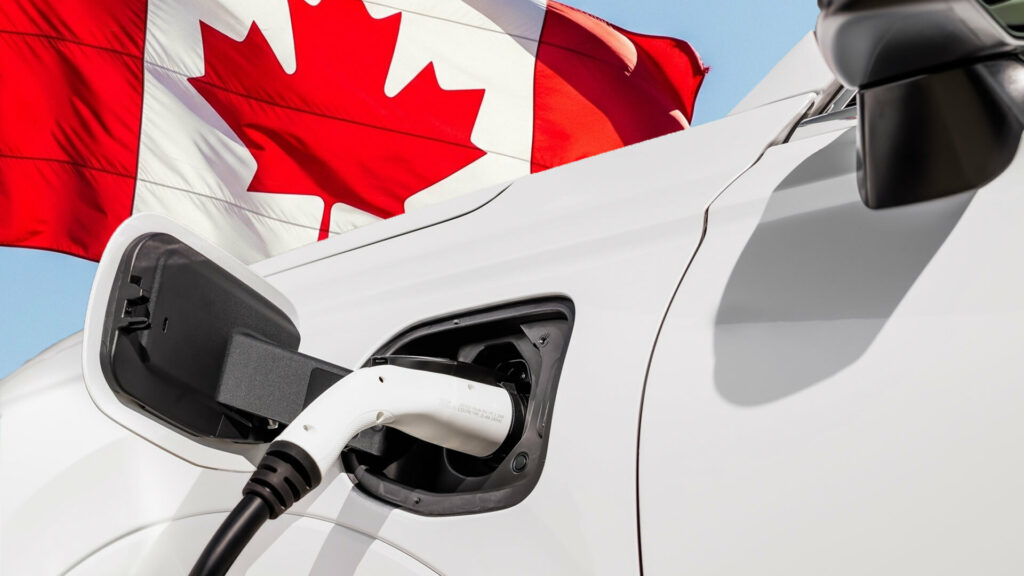
Passenger Jet Flies Over Live Chinese Naval Exercise in Dramatic Air Traffic Exchange

How the Iconic 911 Keeps Porsche Thriving Amid Industry Turmoil
The Porsche 911 was name-checked as one of the models helping fuel Volkswagen Group’s growing order bank in western Europe at its recent half-year financial results.
A sports car now costing in excess of £100,000 even for a base rear-wheeldrive Carrera (just four years ago, it was a smidge over £80,000) may seem an odd model to call out for driving growth at the world’s second largest car maker, yet, 61 years after its introduction, the 911 is as crucial for Porsche as ever.
Almost one in six sold is still a 911, some 25,000 having found homes in the first half of 2025. That’s actually a small drop year-on-year but explained by a model changeover, and the order bank remains strong.
The 911 has outsold the combustion-engined Macan, Panamera, 718 Boxster/Cayman and Taycan, and only the Cayenne and electric Macan sit above it. In the UK, it’s only second to the Macan. Remarkable.
Necessary too, for the 911’s robustness is a rare bright spot for Porsche.
Oliver Blume, CEO of both the VW Group and Porsche (and you thought you were busy…) took questions on a pretty bleak present for Porsche ahead of its own results being published. There have been year-on-year declines in sales volumes, sales revenues, profi ts and operating margins, with the latter the scariest: Porsche’s margin is just 5.5%, down 65% year-on-year and akin to that of a moderately successful volume car maker. Given its price hike, you would expect the 911 to be doing plenty of heavy lifting within that overall margin too.
Blume, calm and measured, told me three things that are making the brand suffer: the collapse of the luxury market in China, import tariffs to the US and the slower than expected demand for EVs. The result has “put the business model of Porsche under pressure”.
Porsche has been hit more than most by tariffs in the US (all of its cars are imported to the US from Europe) and the Chinese market dynamic changes as “the US and China are by far the biggest markets for Porsche”.
In the case of China, Blume quoted a luxury market decline of 34% in 2024 and another 50% in the first half of this year. “Porsche lost a lot of volume,” he said – 28% so far in 2025, to be precise.
Porsche’s recovery plan includes investment in a major new model that extends beyond EVs and back towards combustion-engined cars in response to the EV slowdown. Alongside this is a huge cost saving programme that will save hundreds of millions of euros in costs and cut around 15% of its workforce by 2029.
Yet one thing won’t change: the 911. With such a strong order bank, expect the 911 to remain the shining light as Porsche looks to escape a turbulent period.
Jury Verdict Sparks Nationwide Scrutiny of Car Insurance Payouts
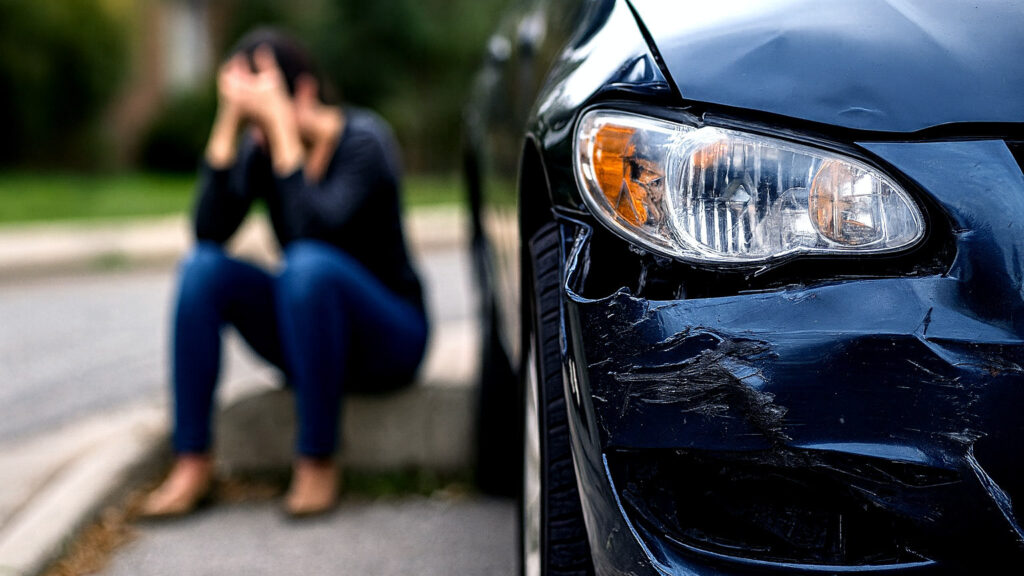
Excitement Builds for the 2025 Munich Auto Show: What Are You Looking Forward To?
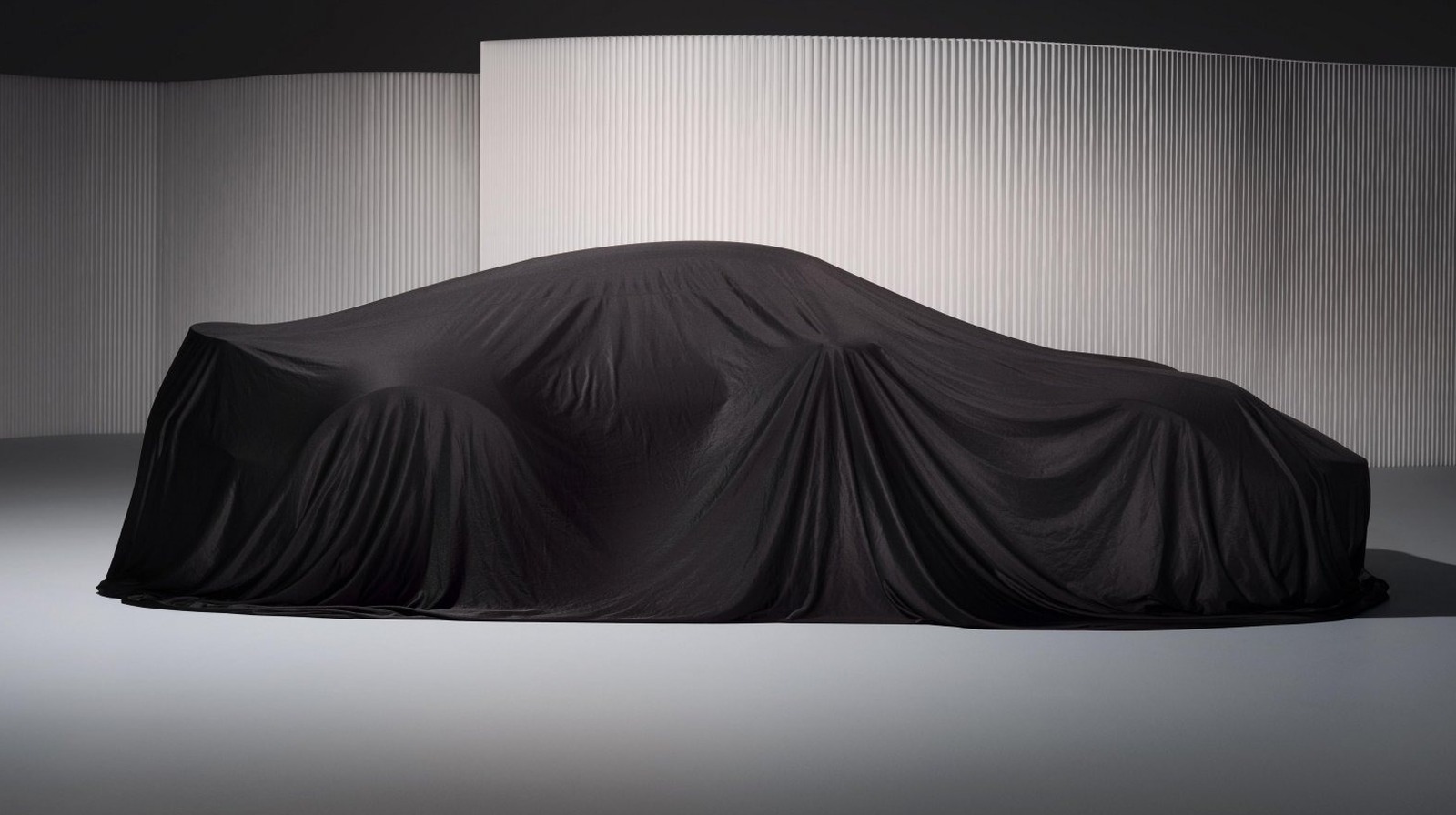
Why Now Is the Perfect Time to Own a Legendary RenaultSport Clio Before They’re...
 Your last chance to buy the final naturally aspirated manual Renaultsport Clios for a bargain price is now
Your last chance to buy the final naturally aspirated manual Renaultsport Clios for a bargain price is now
It’s a curious thing with hot hatches – they’re much lusted after when they’re the cars of the moment and the best of their breed.
But when that moment has gone and the next superheated hot hatch arrives, they fade as fast as a tropical sun. They get used up until suddenly, there are hardly any left. And fewer still that you’d give drive-space to.
The X85 generation RenaultSport Clio has yet to reach the decimation phase, but its X65 predecessor has despite this car being the hot hatch to have in its day. You’ll occasionally find a crisp Clio 182 with low-ish miles. But these are the exception - most have been thrashed, trashed or crashed.
But there signs that its successor may not quite go the same way. A tempting trip through the classifieds reveals several that have clearly been pampered, come with all the right bits and have a heap of life left in them. So perhaps the X85 Clio RenaultSport is going to buck the hot hatch trend, allowing a decent number of coveted and cared-for examples to survive. High prices potentially make it too expensive to track-day these machines to oblivion.
That said, a track is where you best experience the superb handling of this car, especially if it’s equipped with the coveted Cup option. Though if you’re shopping for an X85, you need to know that there were two ways to acquire this confection. In its most extreme form, the Cup option was not only about recalibrating the springs and dampers for still greater agility, but also about paring weight, specifically 20kgs-worth.
To make that gain, Renault deleted the air conditioning, keyless entry and curtain airbags, and installed the lower-rent dashboard of the most basic Renault Clio, complete with steering column adjustable for rake only. You could order the air conditioning and curtain airbags as options, but not the higher-grade dash, reach adjustment or keyless entry.
You paid £1000 less for this version – a refreshing contrast to Porsche, which will charge you (loads) more for an RS with less, but better still was that the Cup chassis could be ordered with standard car. In this form the Clio weighed only 1.6% more, making this the optimal choice. But if you’re shopping, you need to be sure of what you’re getting.
And what was so special about the Cup suspension? It wasn’t as if the standard car shortchanged in the gripping, turning, swerving and stopping departments. But those reworked dampers and springs tightened the Renault’s body control, deepened its athleticism and sharpened your impression of the tyres’ intimacies with the road below. And all without ruining the ride. The steering could still have weighted up more informatively when you got some boldness on in a bend, but the Clio Renaultsport Cup was unquestionably top of the pile, not least because of the lift-off, tuck-in liberties you could take with this wonderfully game chassis, and a revvy engine to goad you on.
It’s still hard to beat even now. One major reason for that is that its paddle-shift only, five-door successor doesn’t quite continue the magic, despite Dieppe’s effortful fettlings. But the main reason is that the X85 Clio RenaultSport remains one of the best-handling front-drive cars of all time. With luck, that will mean plenty of survivors.
2026 Toyota Highlander Debuts with Higher Price, Fewer Choices, and Standard All-Wheel Drive
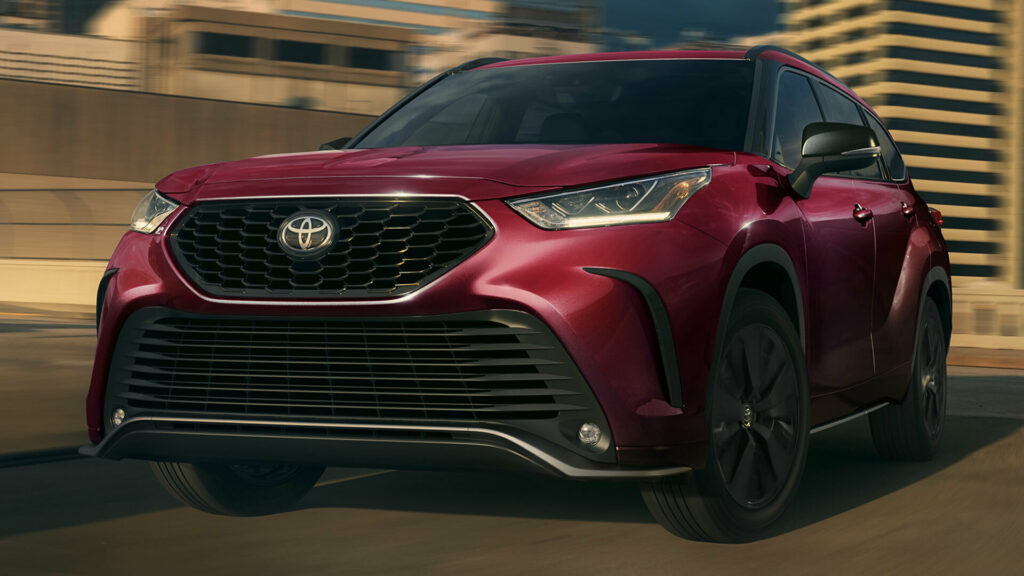
Philadelphia’s Public Transit Crisis: Who Will Pay for the City’s Lifeline?


